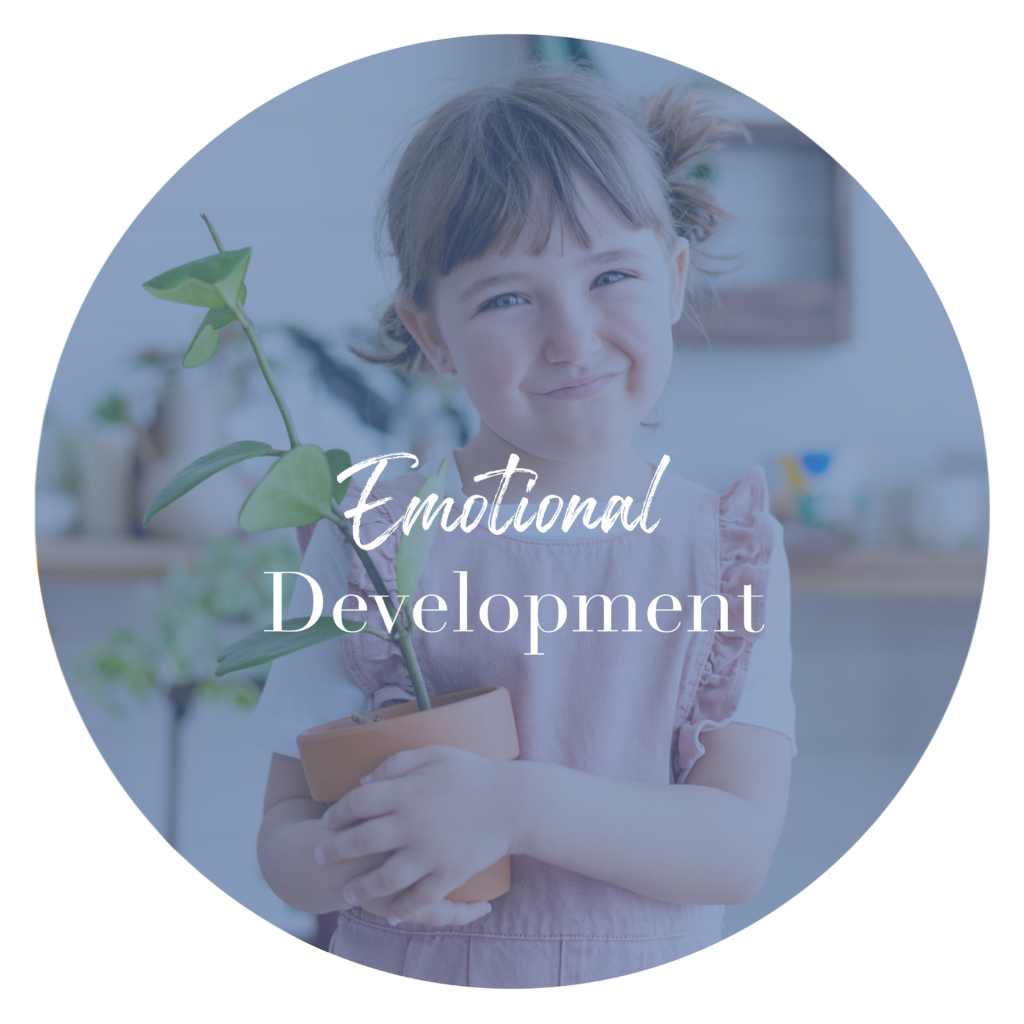How emotional defenses in children, teens, and adults can get stuck and unstuck.
EMOTIONS
There are no wrong emotions but there are difficult and inconvenient emotions. Yet without all of our emotions we cannot make sense of our whole self and continue to do the difficult work of self-regulation, which is a life-long challenge. As long as we discuss how we ALL struggle with emotions and why emotions are necessary and important in learning and life, we won’t be repeating what many families experience – that we’re not allowed to show anger, frustration, or hurt. So, when we have big emotions, we’re left to handle them alone. Alarm, frustration and separation are the big emotions to track from tantrums to ‘Counterwill’.
PSYCHOLOGY
Looking back, Behavioral Psychology and Cognitive Psychology “grew up” through the 1970s and 80s, when the study of emotions and instincts had already been discredited in the 1930s, 40s, and 50s. Behavioral psychology studied animals in laboratories, to test how behavior could be shaped or changed through scheduling rewards and consequences. Behaviorists were intent on tallies of behavior frequency and intensity so they could tell how well their rewards and consequences could work. But they did not consider the central role of emotions, feelings, moods, and attitudes, which we now know are foundational to behavior & behavior change. Also, the cognitive psychologists studied: attention, memory, sensory processing, language, problem solving, creativity, motivation, and metacognition (which is thinking about how our thinking works). Yet again, emotions and instincts were ignored.
EMOTIONAL DEVELOPMENT
Fast forward to now and we are desperate to know more about emotions, emotional functioning, and emotional development because we are facing an epidemic in mental health issues with increasingly younger ages. I suggest reading what Joseph LeDoux has discovered about emotions from the mid 1990s onward. I believe his knowledge has been squeezed out of teacher training and parenting literature, by behavioral and cognitive views.
LeDoux (1996) has uncovered how the evolutionary or divine endowment of our brain has ensured that neural connections from our emotional inner brain to our cognitive outer brain are stronger, more direct, and faster, than connections moving from cognition to emotion. This means emotional messages are first, fast, and forceful when compared to conscious thought. LeDoux says that cognition is the tip of the iceberg while emotions are the huge mass underwater, and that mental disorders and behavioral disorders, are always emotional disorders. So, emotions require ‘first aid’ or ‘first attention’ if we expect a kid who can learn by trial and error instead of melting down, or can take on everyday life instead of being stuck in defenses. First aid for emotions is achieved by using patterns, which occur naturally as Attachment dynamics.
PATTERNS OF ATTACHMENT
John Bowlby, the father and grandfather of Attachment theory, made it clear, that the parent-child bond provides irreplaceable context for emotional development (Cassidy & Shaver, Chp 2, 2008). Put simply, co-regulation involves the adult mustering their own calm and confidence, the best they can, to calm this infant or young child. This is a reciprocal relationship, so when the adult is exuding calm, confidence, and this child calms, then the adult becomes calmer in the process. Developmental psychology points out, that co-regulation is a pattern of “Serve and Return”, like a tennis match, which increases capacity for relationships, learning, and self-awareness. Using emotions to further explain; crying is a ‘serve’ from this child and when we respond with caring, this is our ‘return’. Or with a teen; sarcasm, moodiness, or refusal is their ‘serve’ and now we have to decide how to ‘return’. We don’t always know how to respond as kids get older, but if we have been responsive in “serve and return” from an early age, our teens will tend to be emotionally open to share their needs and concerns, plus have a more sophisticate awareness of mixed emotions (Cassidy & Shaver, Chp 5, 2008).
However, what if the adult suffers with generalized anxiety, chronic illness, or perhaps a drinking, drugging, gaming, or work addiction? When adults are not emotionally available to kids, the “serve and return” crucial to maximize relational and developmental capacity, is interrupted. It’s the emotional investment in this child which is lacking. As a direct result, children and teens become emotionally needy and have no choice but to try to cope.
INSTINCTS
Here is an everyday example. We are well engaged in “serve and return” with our preschooler, then we answer our cell phone. Almost instantly, the preschooler will fuss, pull at our arm, cry, or overturn their bowl of food, because they feel the alarm of separation. Their instinct is to reconnect as soon as possible and if it takes too long, their alarm escalates. We find ourselves trying to interact with our child, plus keep the conversation going over our cell. But even very young children are not fooled, and they instinctively, demand full attention to keep their alarm regulated. Without knowing it, young children and teens have a repertoire of innate actions, just waiting to be used. Darwin (Lewis, 2014) referred to these as action patterns and others have called them instincts; fight, flight, freeze, appease, approach, and avoid. Furthermore, research into the emotional availability of mothers, reveals the flexibility with which a young child uses these instincts. (Cassidy & Shaver, Chp 1, 2008). Young children are very close to their instincts. Attempting to cope using our instincts is intelligent.
TEENS
School aged children and teens can be stuck in their instincts, because like I said before, emotional connection or emotional availability is a pattern to maintain. However, if adults don’t know about this pattern, or we don’t take responsibility for maintenance of this pattern with our kids, then the pattern is easily interrupted. I know school aged children and teens still need generous “serve and return” from adults, because Attachment is a life-long dynamic to support our health and well-being. Without sufficient early practice with co-regulation like “serve and return”, kids are less comfortable with their own emotions, less able to translate their emotions into feelings, and less likely to seek help with big emotions. Sound familiar?
What are the unspoken rules in your family about which emotions are out of bounds? Who in your family is stuck in fighting? (fight) Running away? (flight) Inability to speak up or take action? (freeze) Who bullies and who is walking on eggshells? (appease) Asking everyone else for advice? (approach) Backing out of relationships? (avoid) These six instincts can nudge our insight BUT we need a reminder, that these words arrived from our skewed cognitive/behavioral history in psychology.
BEHAVIORISM
These six labels; fight, flight, freeze, appease, approach, and avoid – are actually observations of behavior from outside the relationship with a child or teen. The six labels read more like discreet behaviors occurring in reaction to one antecedent. Like, he did this; so she did that. When we use these labels to describe the behavior of kids at school for example, it sparks our empathy. Empathy is good but its not nearly enough! What is entirely missing is a spark of ideas about what actions to take, and why. In short, observations of behavior from the old Behaviorist view, do not contain the wisdom of Attachment thinking, as dynamics of relationship and dynamics of development.
ATTACHMENT DYNAMICS
Do you believe you’re a bad person? Do you feel your aggressive self, more often than your patient self? This could be because every time you had a meltdown, at whatever age, you were told “that is inappropriate, stop that”, and so you had to figure out your big emotions, alone. What you really needed was an adult to “come alongside” to see what you were going through, to name your big emotion; alarm, frustration, or separation, so you could access your feelings of caring or curiosity, to understand yourself better. Did you get the messages “you’re not good enough, you’re not compliant enough, you’re not likeable enough, or you’re not smart enough”? This is the result of the most important adults around you not fully ‘getting’, their role as agents of development. The role of the agent is to be aware of the rough terrain of the landscape of this child’s life and attempt to remove the most problematic impediments to development, NOT to avoid emotions, NOT to rely on consequences and discipline. Now, here are the six Attachment dynamics (Neufeld, 2016), full of wisdom, for knowing what to do.
Behavior Attachment Spirit of any interventions
Label Dynamic
Fight Counterwill Find ‘work arounds’ or ‘do overs’
Flight Homebase Provide safe spaces and safe people
Freeze Shyness Use goal setting
Appease Alpha complex Become the Alpha adult your child needs
Approach Dependence Invite dependence generously
Avoid Detach Investigate emotional wounds
COUNTERWILL (FIGHT)
The label ‘fight’ might be used reasonably well when we describe children or youth in altercations with each other. But this is not a concept which could be considered a relational or developmental dynamic because we can’t logically say that infants fight or elders fight. I think it is more meaningful to recognize – we all have a ‘will’ of our own. Then, this explains why toddlers will demand and tantrum, while elders will argue their point and challenge social justice issues. If we use the word Counterwill, we can more fully appreciate the instinct to resist coercion.This is a wonderful instinct.
However, if we get stuck in Counterwill then our emotions, feelings, moods, and attitudes are stuck in NO, resisting, rejecting, being rigid and not adapting to changes or new learning. Helpful interventions with strong Counterwill, employ the spirit of ‘work arounds’ or ‘do overs’, instead of battling strong ‘will’ directly. In addition, Relational Enhancement (Wolfe, 2018) is always our best basic plan, so we are improving our relationships with kids, to ease Counterwill.
HOMEBASE (FLIGHT)
Flight is running away or bolting but the construct Homebase reveals that kids don’t actually run away from home, instead they run toward safe spaces and welcoming relationships. Homebase includes psychological ways to feel safer like hiding or turtling to shut out others, and self-soothing to create a calming space, or fantasizing about home. Being stuck seeking Homebase is to feel lost, lonely, and suffer separation anxiety. The spirit of effective interventions for Homebase will provide safe spaces, safe people, and safe activities so kids feel they belong.
SHYNESS (FREEZE)
If we can appreciate, there is safety in shyness as an instinct for young children, then we can understand how the village of Attachment safeguards children from being influenced by outsiders or strangers. Shyness is therefore natural and necessary for emotional development. Emotional maturity creates a person who is less shy than before. Although, we will always experience our shyness again in brand new settings or with a new group of people. At least this is normal, because it’s smart to listen, more than talk, in new situations. Also, we are never shy when we are with ‘our people’. Isn’t that interesting, that even the shyest among us are not shy when we are among our closest relationships. Kids stuck in shyness will hide their emotions, appear emotionless, be afraid to speak, remain voiceless, and not risk giving opinions.
Shyness is common, but it can also be an indication of significant mental health risk. For example, Selective Mutism is debilitating shyness, and trauma inflicted by cultures of war and abuse can render one voiceless for a lifetime, and even over several generations. As well, teens and adults limit their achievement and career aspirations if they are too shy. The spirit of effective interventions to ease shyness accesses goal setting.
ALPHA COMPLEX (APPEASE)
Leadership is an easy enough concept to understand. Effective leaders are Alpha in their relationship with followers. To be Alpha in Attachment relationships is to be a responsible, responsive, and dependable leader, who is emotionally available to children. Although, when adults under function in their role of safeguarding, parenting, and teaching children, the Alpha Complex instinct is triggered, in children and teens. This turns the relationship upside down, putting the child in charge. It is obviously not safe to allow kids to take over, order adults around, or tell adults what to do.
OK, we can be patient with rudeness at times, and certainly give kids legitimate opportunities to lead. But, we can’t blame kids if we are not “stepping up to the plate” to be a leader in the family or classroom, or complain that we are “walking on eggshells” around this particular kid. In other words, when we don’t get the hierarchy set, and it’s not clear who is in charge, kids fill the gap. Sometimes we have to clearly say “I’m in charge”, but it’s more effective to take charge, be in charge, be so full of great ideas and new challenges for these kids, they naturally defer, respect, and follow your lead. The spirit of any intervention for a stuck Alpha Complex, is mustering our own Alpha presence, to relax kids into the trust necessary to prime the instinct to depend.
DEPENDENCE (APPROACH)
Attachment builds the relational capacity to depend on adults and connect with others. This is the instinct to trust a caregiver, deferring, looking up to an adult for guidance, judgement or explanation, and the ‘will’ to follow & learn. Of course, this is a good thing but not when the child or teen compulsively looks for protection instead of solving their own problems. When children are stuck in this instinct, they will be overly dependent, clingy, anxious, lack resourcefulness, they cannot initiate friendships, and so there is a lack of resilience generally.
The spirit of any intervention for stuck dependence is generosity to depend. Counterintuitive? Just think how unproductive it is to force independence, though. Instead, be confident that development will take its natural course and this child will want to be their own boss, because they have confidence they won’t ever lose their Attachment with us.
DETACH (AVOID)
The sixth instinct to discuss is avoid, better explained by the Attachment construct, Detach. The word Detach helps us to better understand those kids so avoidant of relationships that they are actively working to disconnect and back out of relationships. Detaching is withdrawing from social contact, to separate from others. Kids will isolate physically or hide in the psychological sense by camouflaging emotions or hardening their feelings, refusing to participate, and not be willing to partner or work in groups. Look carefully, because Detaching is common among kids with sensory oversensitivity, and so is characteristic of children and youth with Autism.
This is more than shyness. Detaching is a reaction to feeling very uncomfortable having to deal with the emotional content of relationships, especially if the child has been subjected to experiences of guilt and shame. Children who hear or feel they are not good enough, not skilled enough, not correct enough, or not likable enough, will lose the ‘will’ to try. Children left to manage their own anger, guilt, or shame are at high risk for aggression and self-harm. The spirit of effective interventions for Detaching relies on investigating emotional wounds. I am talking about wounding social justice issues like neglect, abuse, stigma, and discrimination. Truly, victimization in any of this child’s relationships or the broader community, can trigger the instinct to Detach.
SUMMARY
Adults need to know that core Attachment instincts like these six, any of which become habitual and stuck, won’t disappear unless they aren’t needed any more. Instincts serve self-protection. So, I am suggesting that a good stop gap measure is to remove children or teens from situations where they are stuck in these reactions at least until they are more consistently seeking help.
If we can be aware of all 6 core instincts, then we can see when kids get stuck and:
#1 provide more supervision for those kids who are closest to their instincts
#2 remove kids from the most problematic situations
#3 generate good ideas to set new patterns for emotional coping
REFERENCES
Cassidy, J. & Shaver, P.R. (Eds.)(2008). Handbook of attachment: Theory, research, and clinical application. New York: The Guilford Press.
LeDoux, J. (1996). The emotional brain: The mysterious underpinnings of emotional life. New York: Simon and Schuster.
Lewis, M. (2014). The rise of consciousness and the development of emotional life. New York: The Guilford Press.
Neufeld, G. (Feb 2016). Emotions: Advanced intensive, 5 day workshop, Acapulco, Mexico.
Emotional Development – Love this topic!
Devon Wolfe
WolfeWisdom.ca








